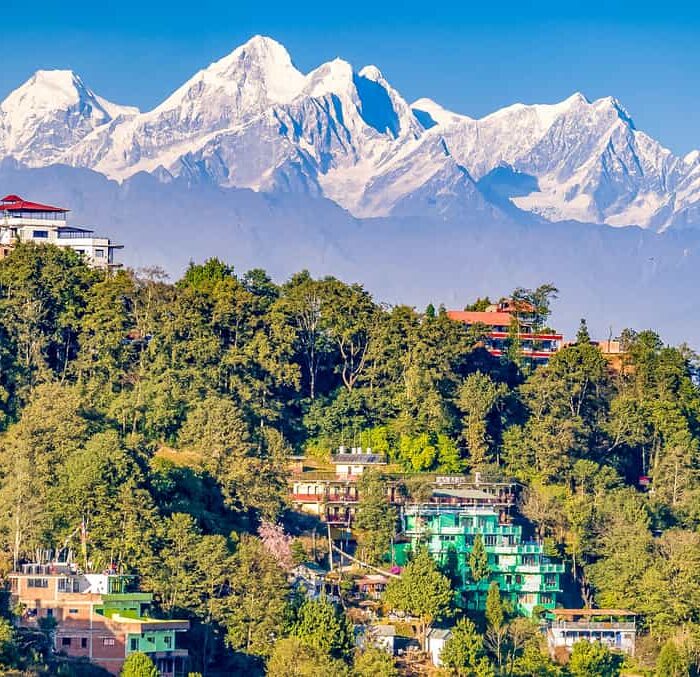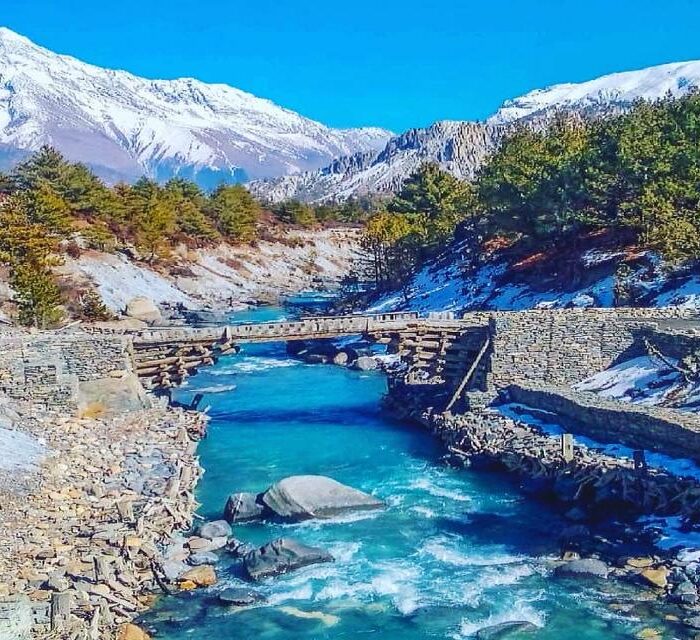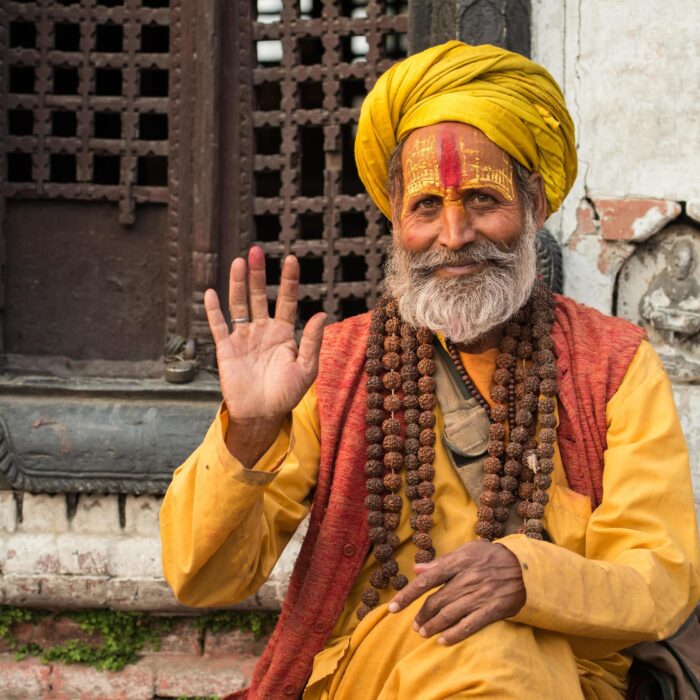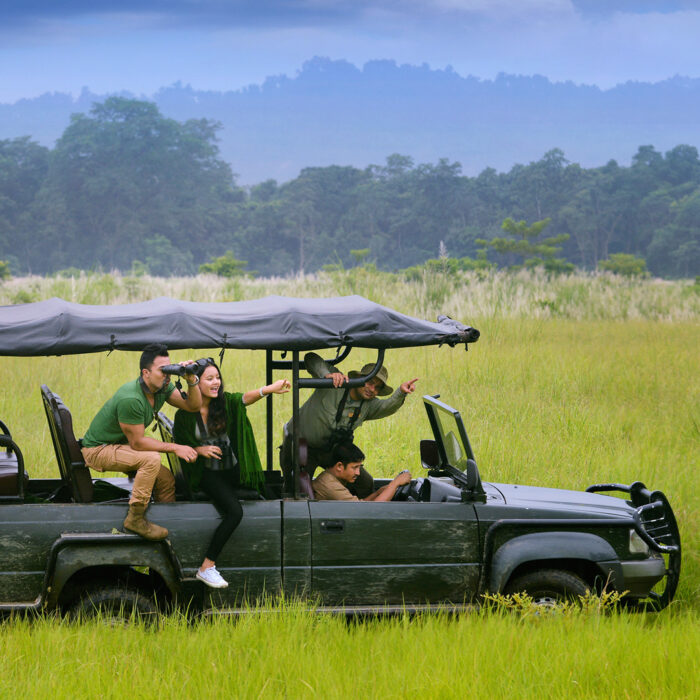Introduction
The 13 days Mera Peak Climbing is one of the most famous peak-climbing destinations in Nepal, situated in the Everest Region after the Island Peak climbing. The height of Mera Peak is 6,476 m / 21,247 feet. Climbers often prefer the route because it is easier and less technical than other peak climbing treks. It is also practically useful for training and getting acclimatization for higher altitudes with the purpose of climbs such as Mount Everest or peaks over eight thousand meters.
The Mera Peak Climbing Itinerary goes via the Hinku Valley and is the most remote area, avoiding the more popular trails. Tenzing Norgay Sherpa and Sir Edmund Hillary initiated Mera Peak climbing to acclimatize before and after their Mount Everest expedition. So, interest in Mera Peak Climbing has visibly increased and is getting ever more popular. However, if we are to talk about Mera Peak Deaths then, Hazlami Ahmad Nizam lost his life during Mera Peak Climbing. Another British climber died in November 2021 while going down Mera when he missed his step at a mountain camp.
Similarly, the question of many people would be, how dangerous is Mera Peak? The climb of Mera Peak involves some risks. Proper acclimatization and ascension, keeping proper hydration, are the keys to reducing challenges related to high altitude.
This Mera Peak climbing from Kathmandu suits both beginners and trekkers with fair experience. You don’t need advanced climbing or technical experience to climb above 6000 meters in altitude. With proper guidance, you can definitely achieve the climb of Mera Peak. In case interested to know how much does it cost to climb Mera Peak for Nepali climbers, then please do feel free to contact us.
Highlights
- The summit of Mera Peak, the highest trekking peak in Nepal, stands at 6476 meters.
- Take in fine views of Mt. Everest (8,848 meters), Mt. Lhotse (8516 meters), and Mt. Cho Oyu (8,188 meters), along with numerous smaller peaks.
- Enjoy walking through the Himalayan wilderness and traversing high passes.
- Marvel at mountainous vistas that include ancient monasteries, temples, and picturesque lakes.
- Immerse yourself in the unique Sherpa culture, traditions, lifestyle, and warm hospitality.
- Explore beautiful Sherpa settlements, Tibetan-Buddhist Monasteries, Chortens, and Mani Walls.
Mera Peak Climbing Itinerary
Our Mera Peak Climbing Itinerary begins with a spectacular flight to Lukla. From Lukla, we head east, up the forest, to Chhuthang. Then, for the forthcoming days, we adhere to the Mera peak route map and move to Thuli Kharka, then Kothe, and Thangnak. We will cross many suspension bridges before arriving in Khare, where acclimatization and mentalizing over the forthcoming challenges will take place. From here, it’s on to Mera High Camp, from where we make our summit attempt to climb Mera Peak, and then return.
Mera Peak Climbing Difficulty
The Alpine Grading System has assessed the Mera Peak Climb as slightly technical, PD, with some technical sections and glacier climbing. In general, though, it is less difficult compared to full mountain expeditions. Several factors influence the Mera Peak climb difficulty.
The Mera Peak route map has three routes of different levels of difficulty. Our climbing focuses on the shortest and most challenging route that starts right from Zatr La Pass upon landing in Lukla. This Mera Peak climbing route includes rough terrains, glaciers, and crevasses that are suitable only for the most experienced trekkers.
The highest Mera Peak climbing difficulty rate is its high altitude. A well-planned Mera peak climbing itinerary, proper acclimatization, a day for contingency, and training can lessen the danger associated with the climb. You should have done a slow and deliberate ascent of the mountain to allow your body to be adjusted to the rising altitude. Keep warm, dry, hydrated, and healthy to ensure that on your summit day, you will be in good condition.
Altitude Sickness During Trek
Traveling above 2,500 meters can result in altitude sickness, also known as acute mountain sickness. Altitude sickness may be experienced by anyone regardless of their physical fitness.
Those who have had altitude sickness before, who exercise or drink alcohol before acclimatizing, and those with preexisting respiratory problems are more prone. We recommend you consult your doctor before the trek to seek advice specific to your medical requirements.
Some symptoms of altitude sickness can be:
- headache
- loss of appetite
- feeling or being sick
- feeling tired
- dizziness
- difficulty sleeping
If you experience any symptoms or discomfort, please inform the guides. We’ll adjust by adding extra acclimatization days or slowing the trek pace based on your condition.
Altitude sickness is a genuine risk during Himalayan treks. However, it’s preventable. You can avoid altitude sickness by:
- Ascend slowly
- Don’t drink alcohol during the trek
- Stay hydrated
- Use medications
- Eat a healthy diet, especially plenty of carbs
Best Season
The best time to start the Mera Peak Climbing Season is during the spring season, from the end of March to the beginning of May, and in the fall, from October to November. Spring is best, with clear views of mountains, forests, and blooming rhododendrons on sunny days, while nights remain slightly cold. On the other hand, autumn is dry, green in the landscapes, and clear in the sky, serving as a perfect trekking period and summit viewing period.
The other side of the coin is that the monsoon, and also the summer and winter seasons, are regarded as off seasons for climbing. Clear skies prevail during the monsoon, but the trails get muddy and hazardous, including avalanches and landslides. Late September or early June can work with additional preparation. The weather will get cold in the winter and paths may be obstructed by snow, but doable in early December probably only with good planning and a guide. December presents landscapes of serene beauty.
Mera Peak Climbing Price
The Mera Peak climbing cost starts from US$ 2100. Just in case you want to add extra days it can be done, However, it will increase your cost. Besides this, you can check out the famous 12-day Everest Base Camp trek, 13-day Annapurna Circuit trek, 10-day Annapurna Base Camp trek, 17-day Manaslu Circuit trek, 21-day Kanchenjunga Circuit trek, or the 9-day Everest View Pikey Peak trek.
Permits for Peak Climb
Climbers are required to obtain the following permits to climb Mera Peak.
- NMA (Nepal Mountaineering Association) Permit
- Makalu Barun National Park Entry Permit
Note: All these permits are included in the package cost.
Booking is open for 2024 / 2025
Are you planning a trek or tour in 2024? Find the best prices and book early.
You can message or call us at:
WhatsApp / Viber / Mobile: +977-9851 022 814, +977-9841 451 681
We are available 24/7.





